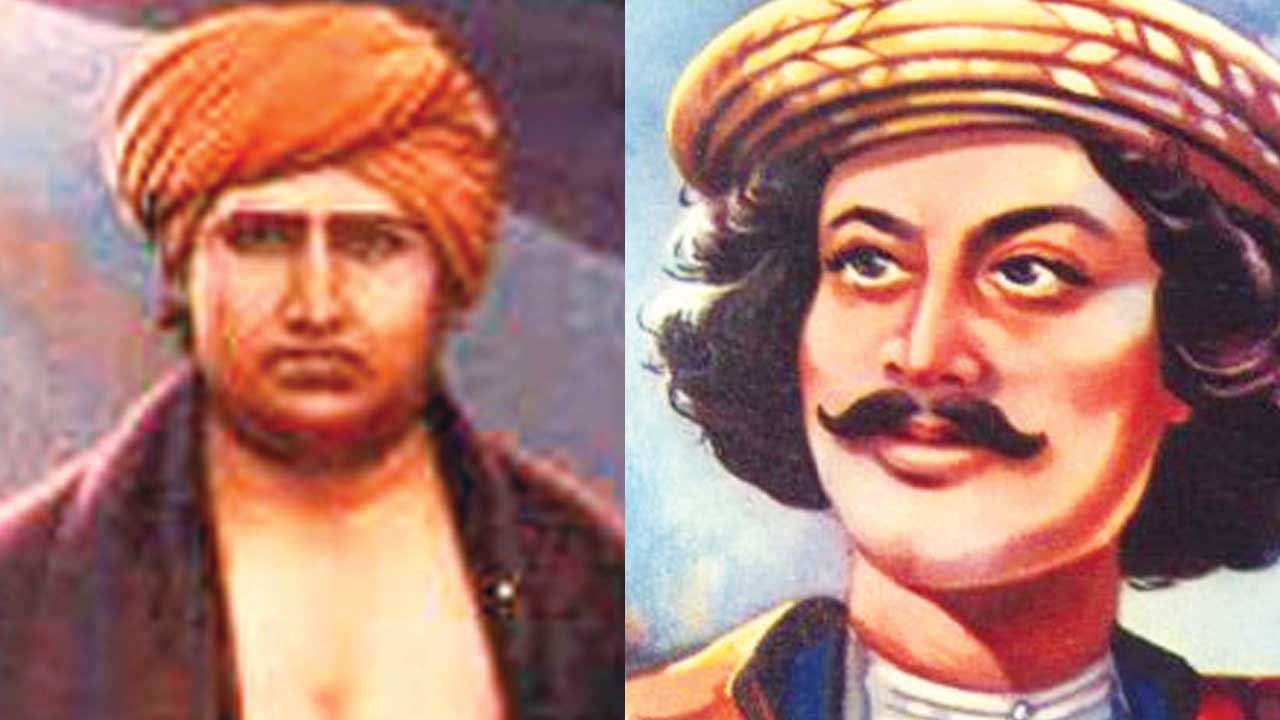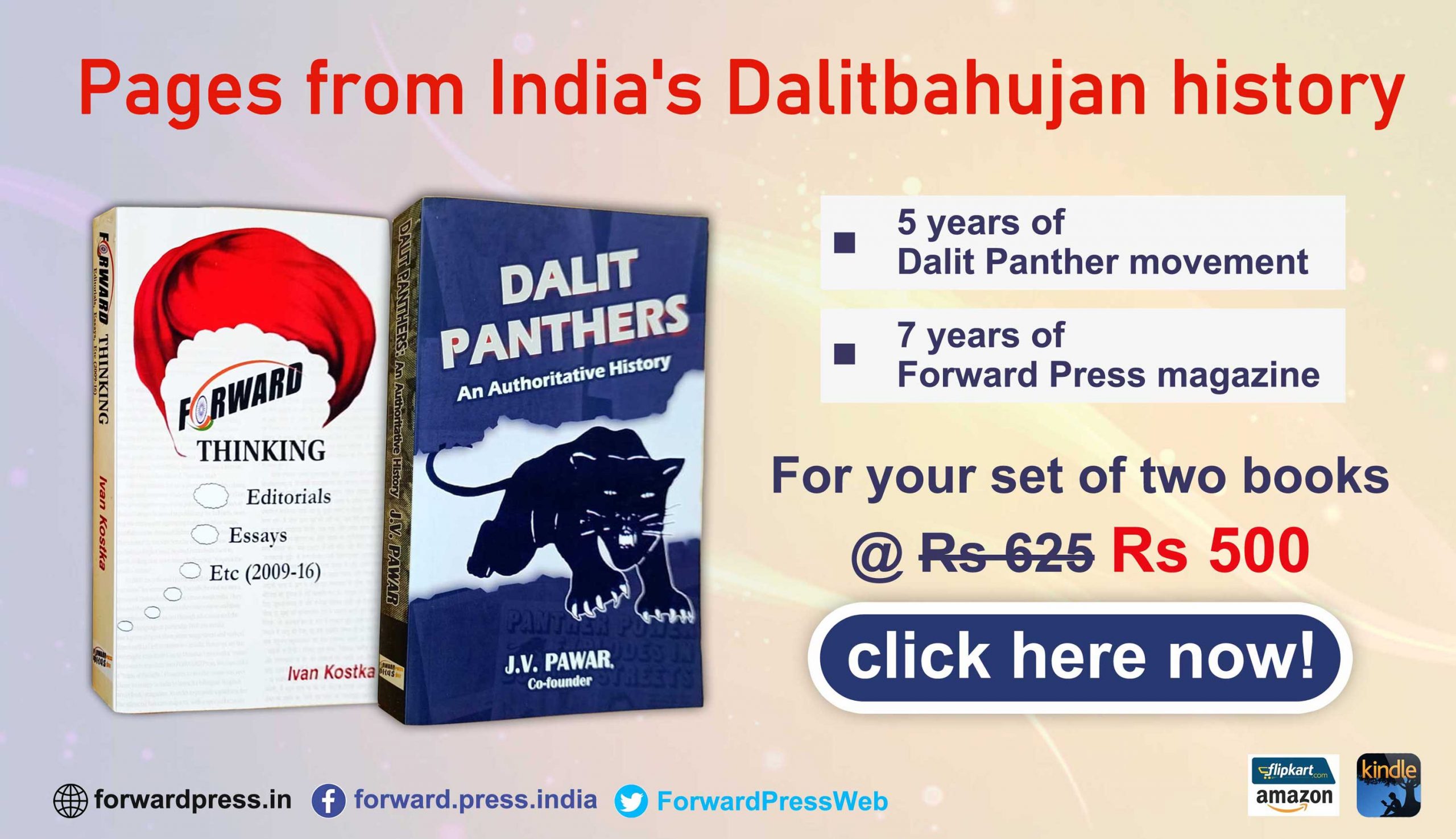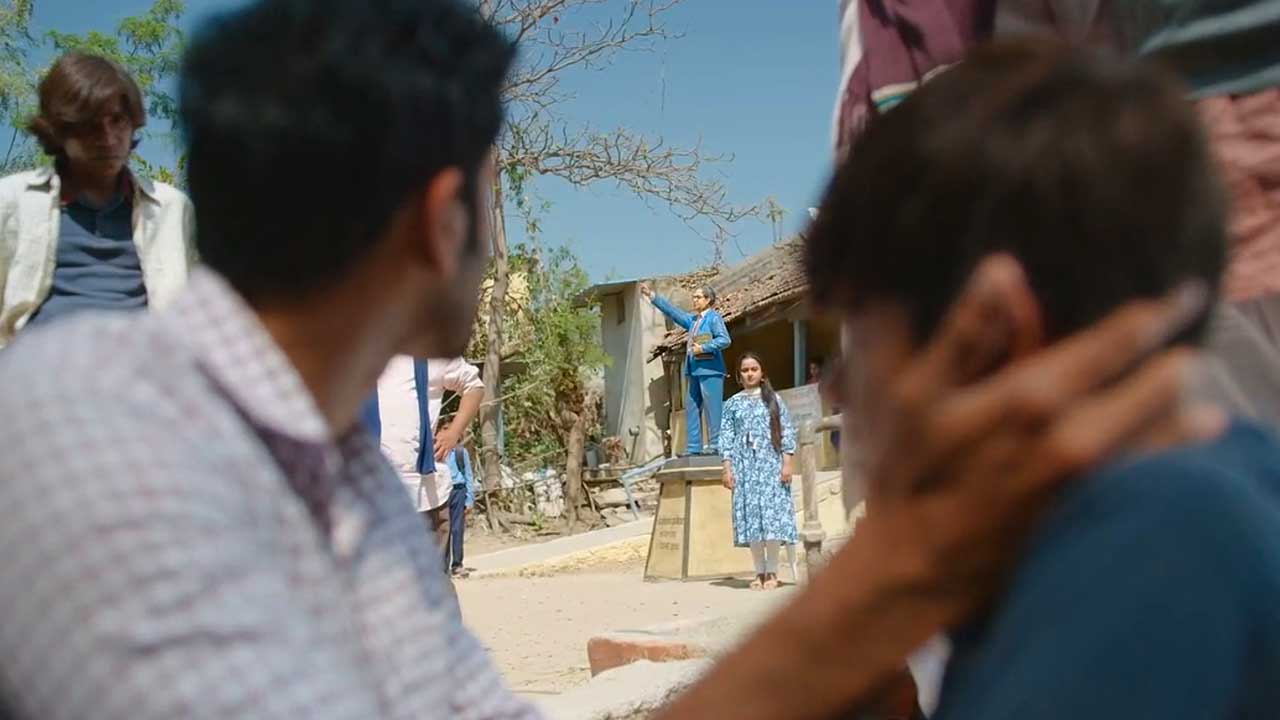The “very severe” cyclonic storm Phailin that hit coastal Odisha on 12 October 2013 was first noticed by Japanese scientists. On 4 October, it was a mere tropical depression in the Gulf of Thailand. In India, Professor Kapil Gupta of IIT Bombay noticed the cyclone alert on 7 October and passed on the information to the National Disaster Management Authority that took swift preventive measures and minimized the disastrous impact of the cyclone Phailin. In the Thai language phailin means sapphire – a jewel.
Ratangarh, in Madhya Pradesh, means a fortress of jewels. It was there on 13 October that at least 115 devotees were crushed under the deception and feet of fellow pilgrims. This religious tragedy overshadowed the triumph of science and democracy that demonstrated that life need not be suffering. Those who can manage cyclones can also manage crowds. The problem is that the sinful human soul can be more destructive than soul-less nature.
Cyclone Phailin
By 11 October, Phailin had become a category 5 hurricane in the Bay of Bengal. It reached maximum one-minute sustained wind speed of 260 km/hr. That meant, potentially, it could have been as deadly as Katrina, which killed 1,833 people in America in 2005 and damaged property worth $81 billion. In 1999, Odisha itself had lost 9,800 lives to a super cyclone.
Pahilin galvanized our government because democracy makes rulers accountable. Scientists and civil servants put the nation above self. They cancelled their Dusshera holidays. Trade unions, striking in Andhra Pradesh, called off their strike. The district collector of Jajpur, Odisha, the 51-year-old Anil Kumar Samal, was on leave because his mother had passed away. But he returned on duty and like many others worked day and night to save our people from nature’s fury. The cyclone’s path and velocity was monitored and accurately predicted. Officials identified 600 buildings as cyclone shelters and evacuated 5,50,000 people to safety. Jawans from our army, navy, and airforce were ready with planes, helicopters, boats, food packets and medicines to minimize casualties.
The science that predicted the cyclone’s path, the democracy that succeeded in saving lives, was pursuit of truth and wisdom. That glory, sadly, was overshadowed by our religious culture that promotes myths – deception.
The Stampede
The press reported, and the officials concurred, that the Ratangarh stampede was triggered by a deliberate lie: the narrow bridge over swollen the local Sindh River was about to collapse. The dead bodies that were washed away by the “holy” river could not be counted. The body count on the bridge was 115 pilgrims, including 30 children. About 100 more were hospitalized. Unfortunately, the rumours about the imminent collapse of the bridge came right after a minor police lathicharge on two groups of clashing devotees. That had made the atmosphere tense. The lie turned it into a panic among 1,00,000 pilgrims. They were packed over the 500-metre-long bridge, being managed by a motley crew of just nine policemen, who had allowed vehicles to also ply on the bridge. Battered roads and a 10-km traffic jam, delayed the rescue teams from Gwalior, causing more deaths on the way to the hospital. Why would the devout, gathered to worship goddess Durga, spread a deadly lie? The judicial inquiry, ordered by the Chief Minister, will not even attempt to get to the heart of the matter.

Triumph and Tragedy: A Clash of Two Cultures
One report says that the lie was concocted because a group wanted the bridge cleared, so that they could go to the temple to worship. But why would the devout pilgrims, keen to worship a goddess, resort to lying?
Well, because the priests themselves teach myths as truth. They ask us to worship idols that are not God. They earn their livelihood by inventing and narrating myths. Indian reformers from Raja Ram Mohan Roy to Mahatma Phule and Swami Dayananda agreed that to worship idols, nature or sinful human beings as divine was to bow before falsehood. Truth liberates but our religiosity that worships made-up gods enslaves. It makes us vulnerable to exploitation by clever gurus and godmen. If religion itself is myths, invented to suit priests, why shouldn’t the pious make up stories that suit them?
Raja Ram Mohan Roy had concluded that idolatry was at the heart of India’s ills. In his introduction to the translation of Mandukya Upanishad, he called idol worship “the source of prejudice and superstition, and of the total destruction of moral principle, as countenancing criminal intercourse, suicide, female murder, and human sacrifice”.
Swami Dayananda, the founder of Arya Samaj, said much the same thing. When the question was put to him as to what he thought of idolatry, he said unequivocally: “It is bad. People should never worship images. The spread of mental darkness is due to the prevalence of idolatry.” In his book Satyarth Prakash, he describes in detail how idolatry turns our priests and their made up gods into devious beggars and concludes, “There can be no doubt that India incurs a great loss every day from idol-worship, and the defeat of idolaters is due to these evil deeds, for pain is the consequence of sin. Much harm is done to the country by the people’s belief in idol worship.”
Idolatry serves the interests of the priestly Brahmins but it hurt the Shudras the most. In his classic play Tritiya Ratna (The Third Jewel), Mahatma Jotiba Phule, explains how poor peasants are robbed of their meagre earnings by wily priests who promote idolatry and superstitions. Elsewhere, Phule has commented that Bahujan freedom begins with the total rejection of idols.
When the 19th-century reformers such as Ram Mohan Roy, Mahatma Jotiba Phule, and Dayananda Saraswati attacked idol worship, as the source of the corruption of our culture, they were echoing Charles Grant (1746–1823) who served India under the East India Company before becoming its director and a Member of Parliament. In 1792, decades before India became a “nation” even in the imagination of our reformers, Grant wrote his Observations on the state of moral and physical affairs of the Asiatic Subjects of Great Britain and how to improve them. Soon afterwards Grant became a senior member of the devout Christian Clapham Circle along with William Wilberforce and Zachary Macaulay, the father of Lord Macaulay. He began sending to India university graduates such as Henry Martyn and Claudius Buchanan with a mission, not to exploit India, but to turn her from myths to truth – religious and scientific. His son, Charles Grant Jr, was the Director of the East India Company, who together with his friend Lord Macaulay, laid the foundations of the university movement in India, specifically to develop competent and dedicated indigenous bureaucracy to serve and govern India.
Grant’s worldview was produced by the Bible’s Ten Commandments. The first two of these commandments required the Jews to know truth and worship the true God, not made-up gods. The commandments banned the worship of nature and made-up deities because man was created to govern nature, not to worship it. Making images of God was banned because God had already made His image – our neighbour. To love and serve God required loving and serving our neighbours – not treating them as low castes, untouchables.
In his Observations, Grant described how our Indian religiosity had enslaved us intellectually, morally, socially and economically. Development involves harnessing natural resources for us as well as for nature’s own benefit. But, a people who worship nature make themselves incapable of establishing their dominion over nature as responsible stewards. Grant foresaw clearly how truth in all spheres, religious as well as scientific, will make us a great nation. Therefore, he laid the intellectual foundations for moving India from the religious culture that promoted myths and produced Ratangarh’s tragedy to the culture of science-at-humanity’s service that triumphed over cyclone Phailin.
Grant’s 1792 argument that India’s economic progress will depend on her moral progress was so profound that much after his death, after 1858, when India became a nation and the British Crown began to govern India, those administering India were required to submit an annual report on “Moral and Material Progress in India.” These reports were hundreds of pages long. The “Moral” progress discussed issues such as Spread of “Education”, “legislative” progress, “Press” freedom, “Municipal” liberties, development of “Communication Systems” (Post and Telegraph), and “Transportation” (roads, bridges, and railways).
Here is a snapshot of what Grant wrote – a vision that inspired devout British and Indian reformers to make India a great nation:
Shall we resort to the power we possess, to destroy their distinctions of castes, and to demolish their idols? Assuredly not. Force, instead of convincing them of their error, would fortify them in the persuasion of being right; and the use of it, even if it had promised happier consequences, would still have been altogether unjust.
To the use of reason and argument, however, in exposing their errors, there can be no objection. There is indeed the strongest obligation to make those errors manifest, since they generate and tend to perpetuate all the miseries which have been set forth, and which our duty as rulers, instead of permitting us to view with silent indifference, calls upon us by every proper method to prevent.
The true cure of darkness, is the introduction of light. The Hindus err, because they are ignorant; and their errors have never fairly been laid before them . . . .
Published in the November 2013 issue of the Forward Press magazine
Forward Press also publishes books on Bahujan issues. Forward Press Books sheds light on the widespread problems as well as the finer aspects of Bahujan (Dalit, OBC, Adivasi, Nomadic, Pasmanda) society, culture, literature and politics. Contact us for a list of FP Books’ titles and to order. Mobile: +917827427311, Email: info@forwardmagazine.in)
The titles from Forward Press Books are also available on Kindle and these e-books cost less than their print versions. Browse and buy:
The Case for Bahujan Literature
Dalit Panthers: An Authoritative History






